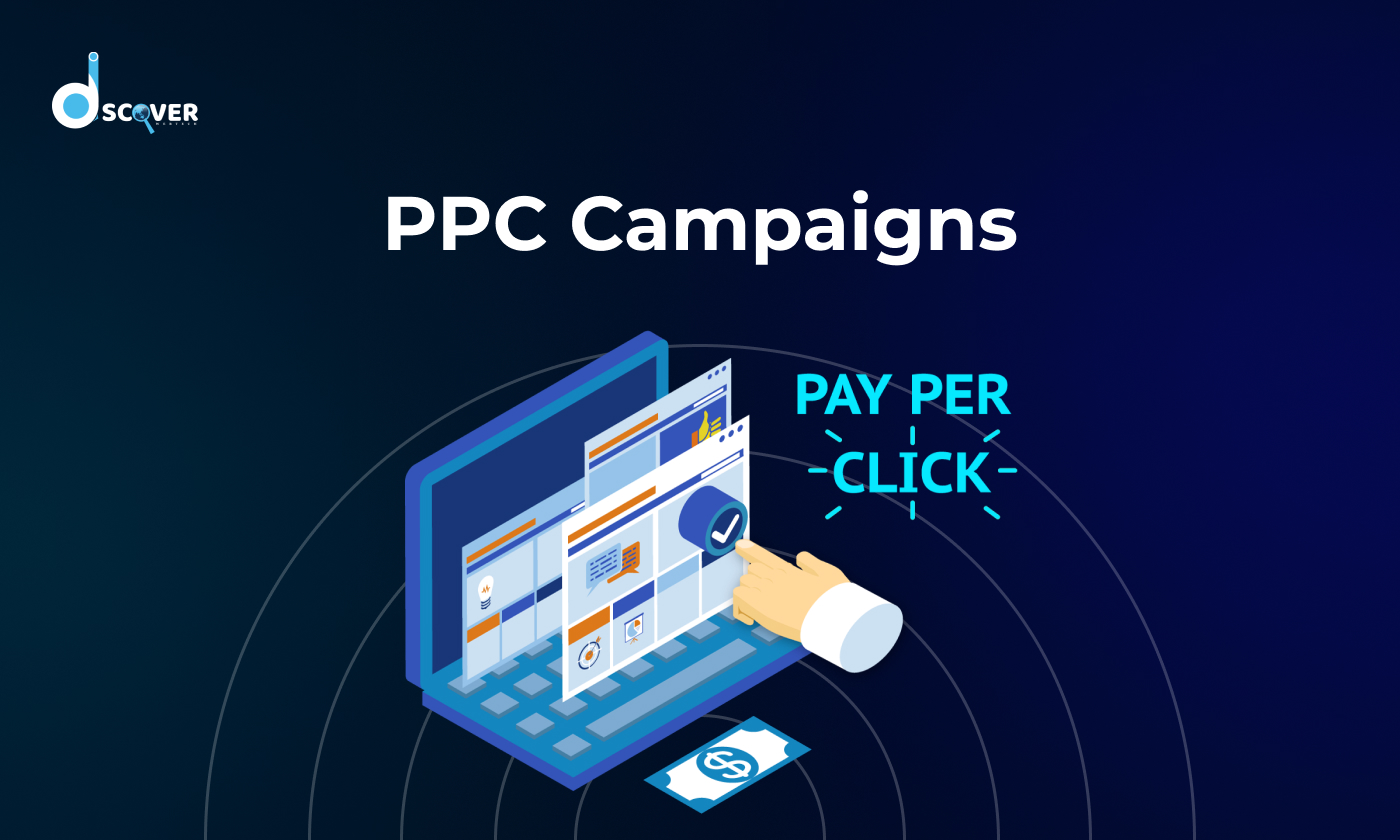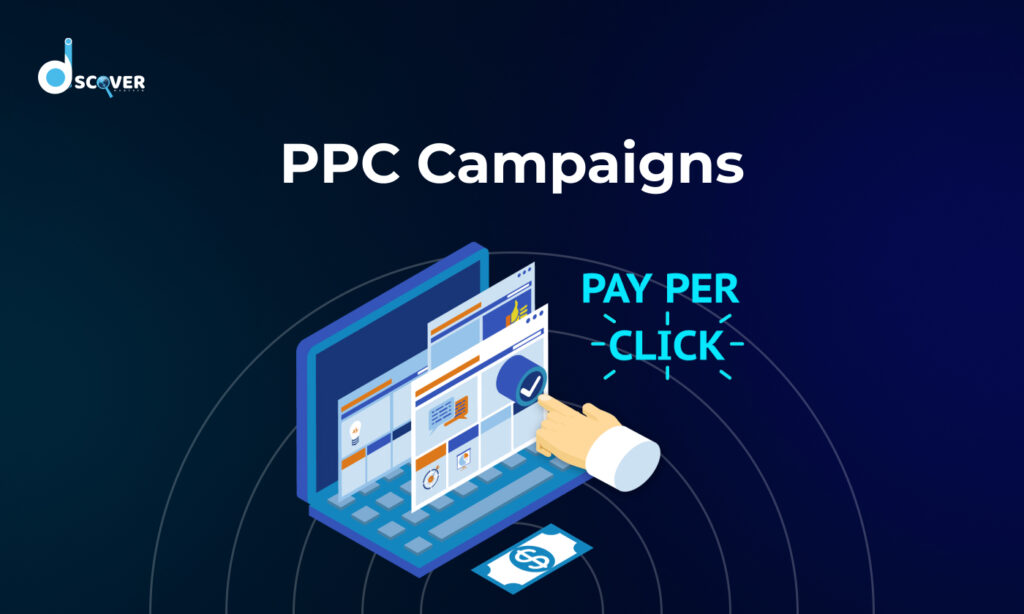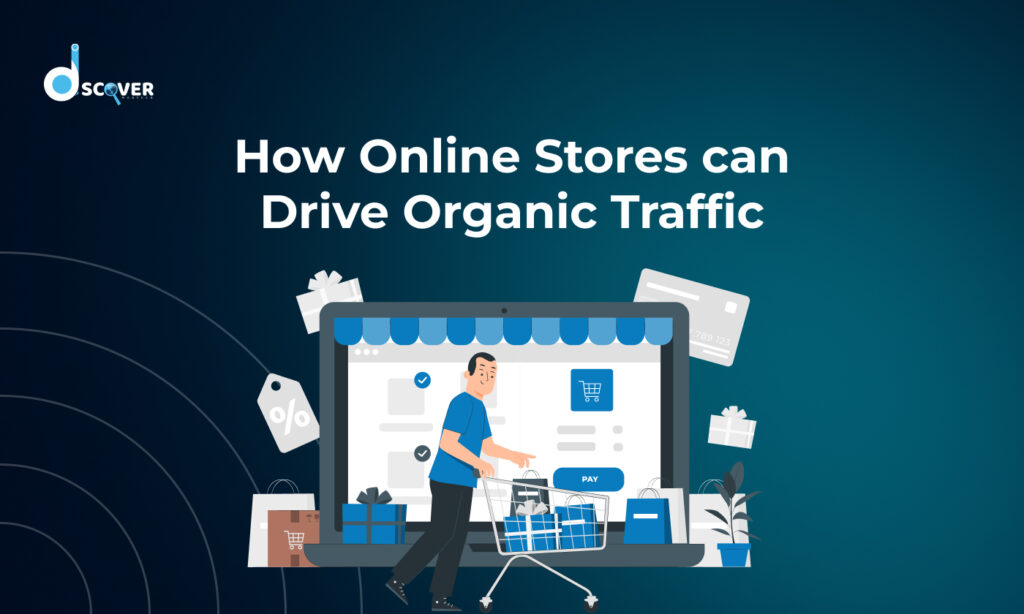
Knowing the right metrics to track the success of a PPC Campaign is important for improving your ads. These metrics show how well your ads are doing, helping you get the best value for your money. By focusing on key things like click-through rates, conversion rates, and cost per click, you can make smart decisions to improve your campaigns, get more return on your investment, and reach your marketing goals.
In this blog post, we’ll look at the important metrics to track the success of a PPC Campaign. Knowing these key indicators will help you improve your ads and get better results.
Click-Through Rate (CTR)
Click-Through Rate (CTR) is a metric that shows how often people click on your ad after seeing it. A higher CTR means your ad is interesting and relevant to your audience, helping you improve your ad performance and reduce costs. Tracking and improving your CTR is important for driving more traffic and boosting conversions.
- What It Is – CTR is the percentage of people who click on your ad after seeing it. The formula to calculate CTR is:
CTR = (Clicks ÷ Impressions) × 100 - Why It Matters – A high CTR means your ads are appealing to your audience, leading to more website visits and potential sales. It also improves your Quality Score, which can lower ad costs and help your ads appear in better positions.
Conversion Rate
Conversion rate is an important metric in a PPC Campaign that shows the percentage of people who complete a desired action, like making a purchase or signing up, after clicking your ad. Knowing how conversions work helps you see how well your ads are turning visitors into customers. To improve conversion rates, make sure your landing pages are clear and easy to navigate, use strong calls-to-action, target the right audience, and try different ad copies to see what works best.
Cost Per Click (CPC)
Cost Per Click (CPC) shows how much you pay every time someone clicks on your ad. It helps you understand if your advertising is worth the money. Managing CPC well is important for staying within budget and getting good results.
- What It Measures – CPC tells you the cost per click. You calculate it by dividing the total cost of your campaign by the number of clicks.
- Managing CPC Effectively – To manage CPC, focus on reaching the right people, making your ads more relevant, and testing different bidding options. Lowering CPC while keeping your ads effective helps you get the most out of your budget.
Cost Per Acquisition (CPA)
Cost Per Acquisition (CPA) shows how much you spend to get a customer or complete an action, like a sale or sign-up. In a PPC Campaign, CPA helps you see how well your ads are turning clicks into results. A lower CPA means your campaign is doing well and giving you good value for your money, while a high CPA might mean you need to tweak your targeting, ad copy, or bidding to improve your costs.
Return on Ad Spend (ROAS)
Return on Ad Spend (ROAS) shows how much money you make for every dollar you spend on ads. It helps you see if your advertising is paying off. To calculate ROAS, divide the revenue from your ads by the total cost of the ads.
- How to Calculate ROAS – To calculate ROAS, divide the revenue from your ads by what you spent. For example, if you make $500 from ads and spent $100, your ROAS is 5:1.
- Why It’s Crucial for Success – ROAS is important because it shows if your ads are worth the money. A high ROAS means you’re earning more than you’re spending, while a low ROAS suggests you might need to improve your ads.
Quality Score
Quality Score is a metric that shows how relevant and high-quality your ads, keywords, and landing pages are in a PPC Campaign. A higher Quality Score can help lower your costs and get your ads placed in better positions. It’s affected by factors like expected click-through rate, ad relevance, and the user experience on your landing page. To improve your Quality Score, make sure your ads are relevant, your landing page is easy to use, and you target the right keywords to get better results.
Impression Share
Impression Share shows how often your ads are shown compared to how often they could have been shown based on your targeting. It helps you understand how visible your ads are. A higher impression share means your ads are being seen more often, giving you more chances to reach potential customers. Keeping track of and improving your impression share ensures your ads get enough visibility to drive traffic and make your campaign more effective.
Ad Position and Ad Rank
Ad Position and Ad Rank decide where your ad shows up on the search results page. Ad Rank is based on your bid, ad quality, and the expected impact of your ad extensions. A higher Ad Rank puts your ad in a better position, making it more likely to be seen by potential customers. These factors are important for the success of your ads.
- How They Impact Your Ad’s Performance – A higher Ad Position makes your ad more visible and increases the chances of it being clicked. A good Ad Rank helps your ad appear in better positions without needing to bid the highest. For advanced strategies, consider consulting a digital marketing expert to optimize your ad performance.
- Ad Rank Calculation – Ad Rank is determined by your bid, ad quality, landing page, and other factors like extensions. A higher Ad Rank means your ad will show in a better position and perform better.
Final Thoughts on PPC Metrics
To sum up, tracking the right metrics is crucial for the success of any PPC Campaign. By focusing on key factors like click-through rate, conversion rate, cost per click, and return on ad spend, you can improve your ads and get better results. Keeping an eye on these metrics helps you make smart decisions, adjust your approach, and make sure your ads are cost-effective and performing well. For expert guidance, consult a PPC expert to optimize your campaigns further.
Check out our latest blog on – “Referring Domain”
Frequently Asked Questions (FAQ’s)
Q. What is a PPC campaign?
A. A PPC (Pay-Per-Click) campaign is an online advertising method where you pay every time someone clicks your ad. It helps drive traffic to your website through ads shown on search engines or other platforms, aiming to boost visibility and get more leads or sales.
Q. How does a PPC campaign work?
A. A PPC campaign works by showing ads on search engines or other platforms where businesses bid on keywords. When someone searches for those keywords, the ad appears, and the business pays only when the ad is clicked. It helps businesses reach potential customers and get more website traffic.
Q. What is PPC in marketing?
A. PPC, or pay-per-click, is a form of online advertising where advertisers pay a fee every time someone clicks on their ad.
Q. What is SEO vs PPC?
A. In simple terms, SEO (Search Engine Optimization) is the process of improving your website to help it rank higher on search engines like Google and Bing. On the other hand, PPC (Pay-Per-Click) refers to the ads that show up on search result pages, usually in top positions.
Q. What are AdWords?
A. AdWords is an advertising platform created by Google to help businesses reach their target audience online through its search engine and partner websites. These partner sites display text or image ads when users search for keywords related to the business’s products or services.



